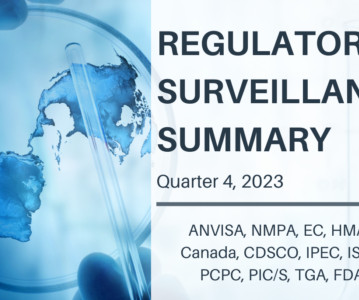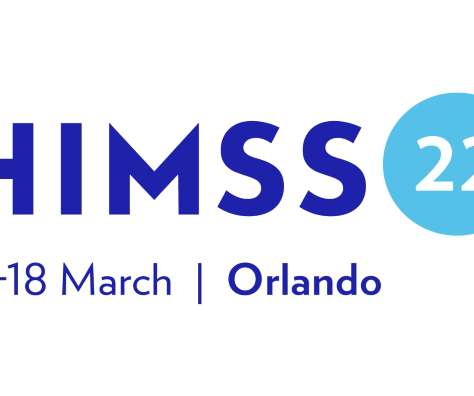SQA Regulatory Surveillance Summary | Monthly Update 2024
SQA
FEBRUARY 26, 2024
The products had been improperly regularized in ANVISA as cosmetics since they are indicated for injectable use, a form that is not authorized for this category of product. The purpose of the note is to clarify that products for invasive aesthetic treatments cannot be regularized in the category of cosmetics.













Let's personalize your content